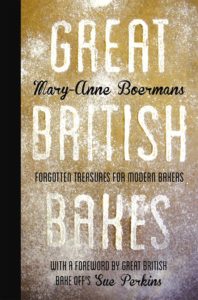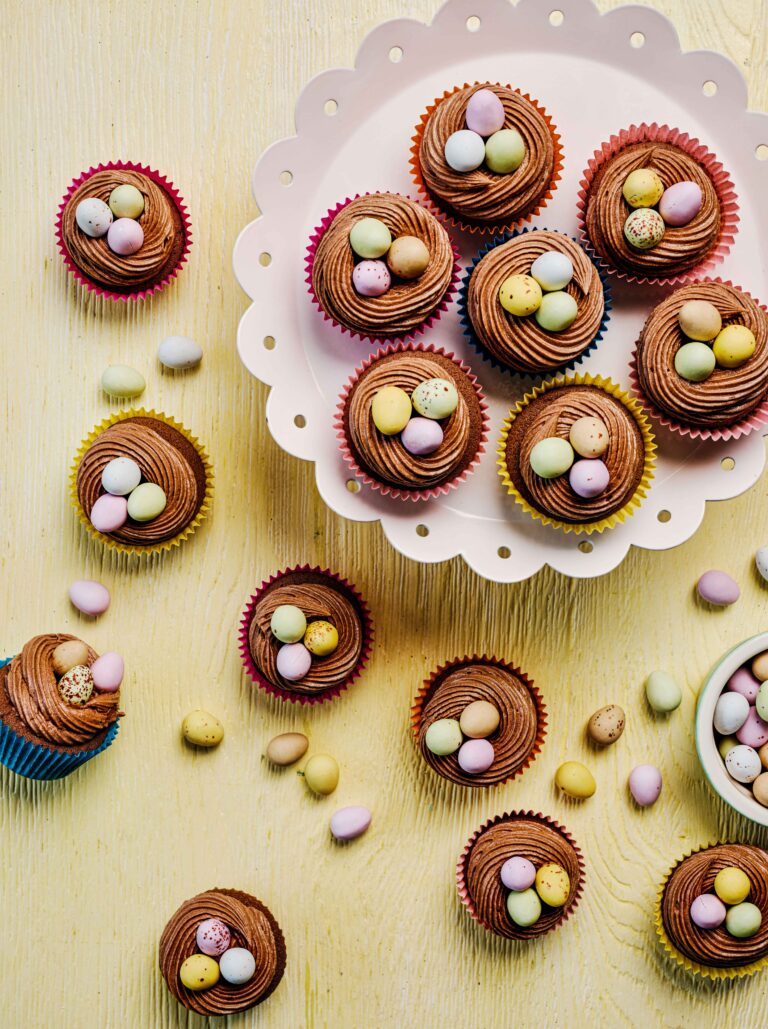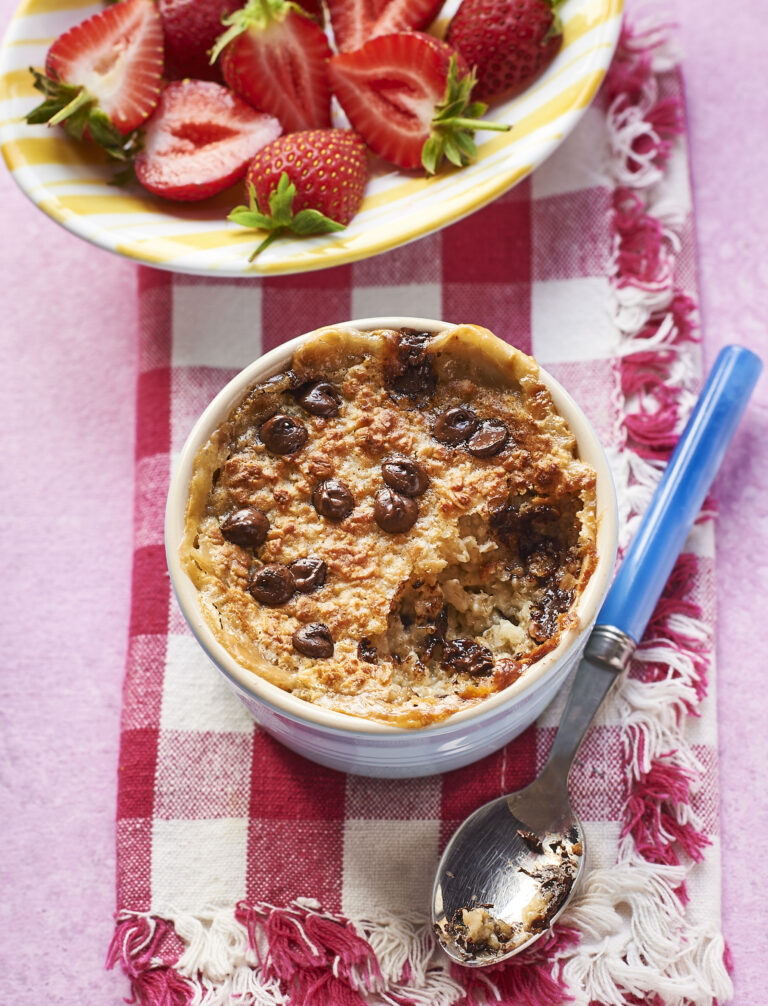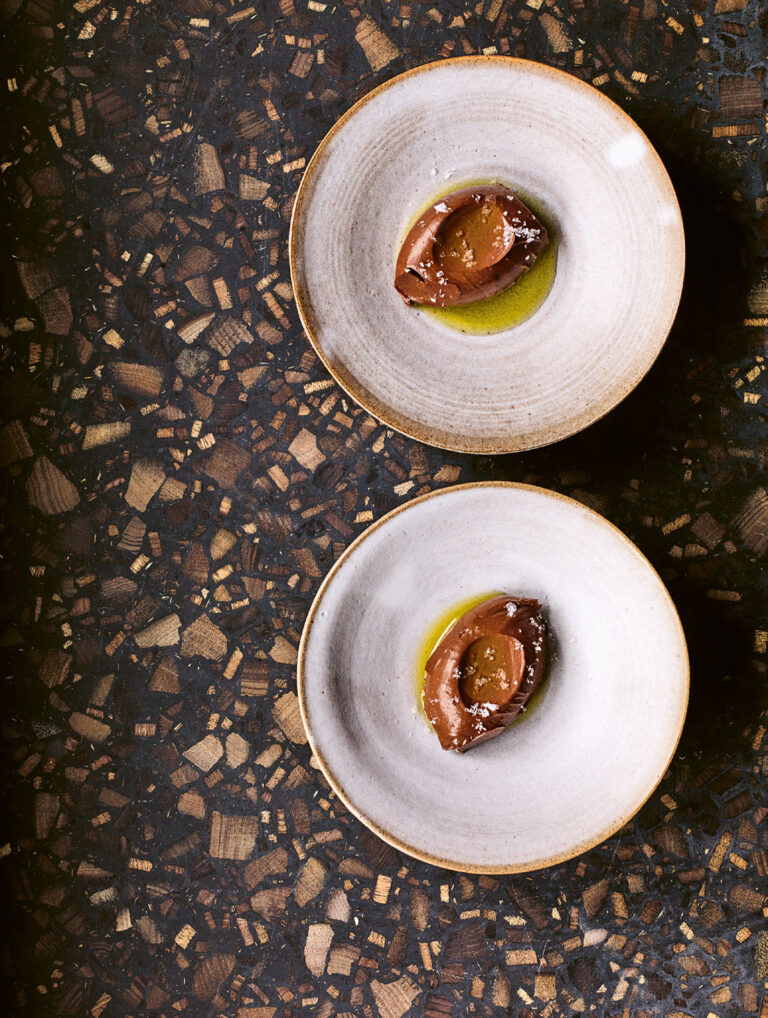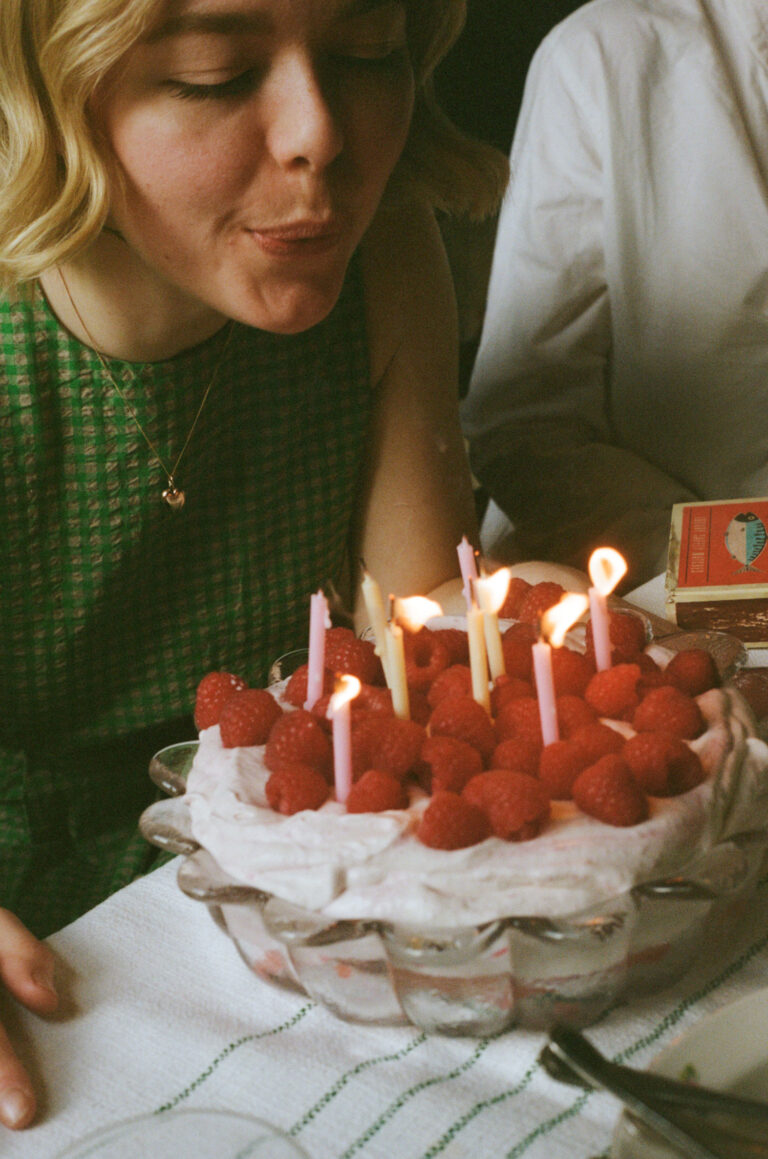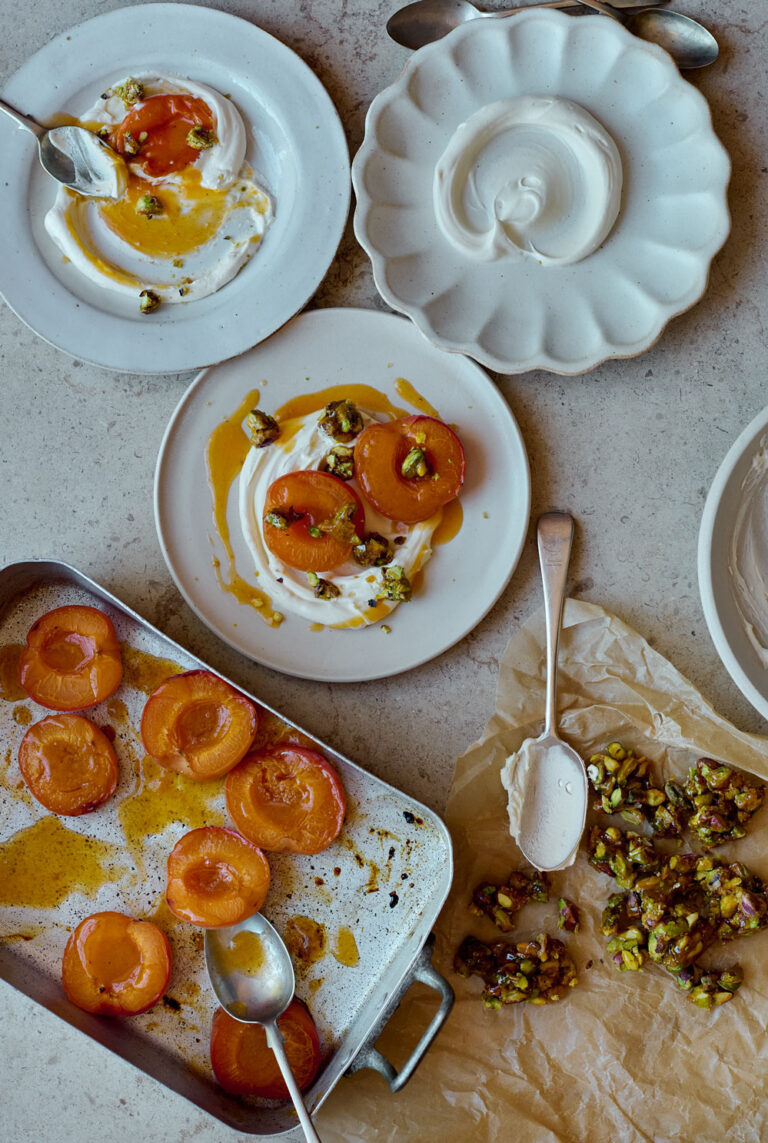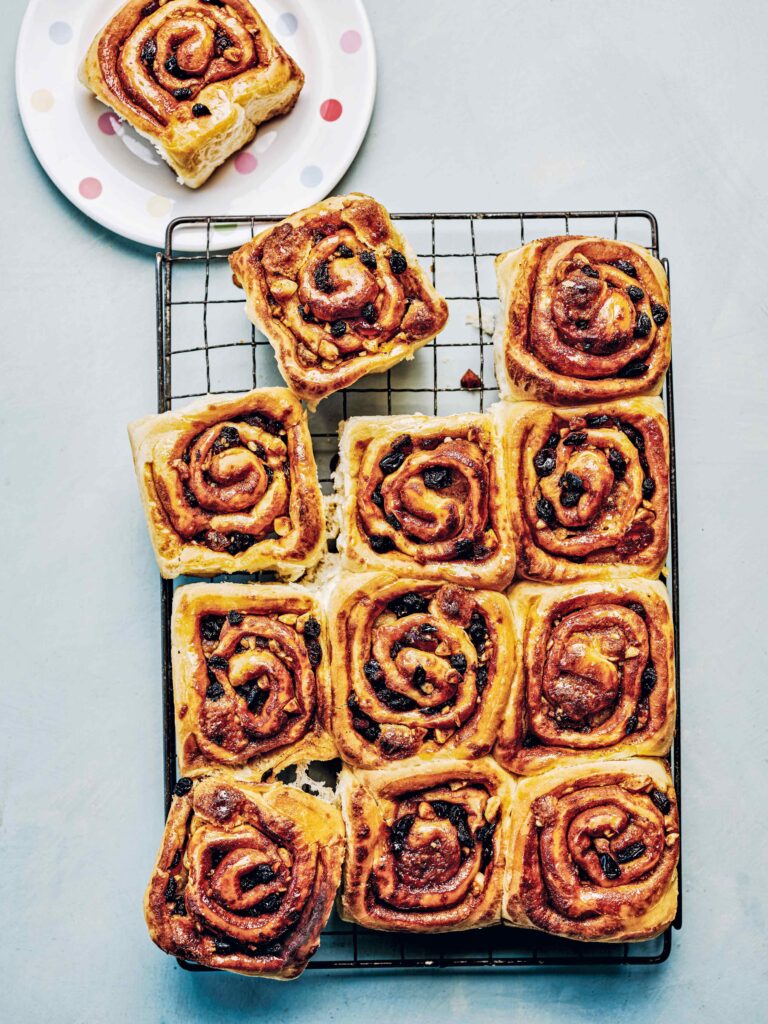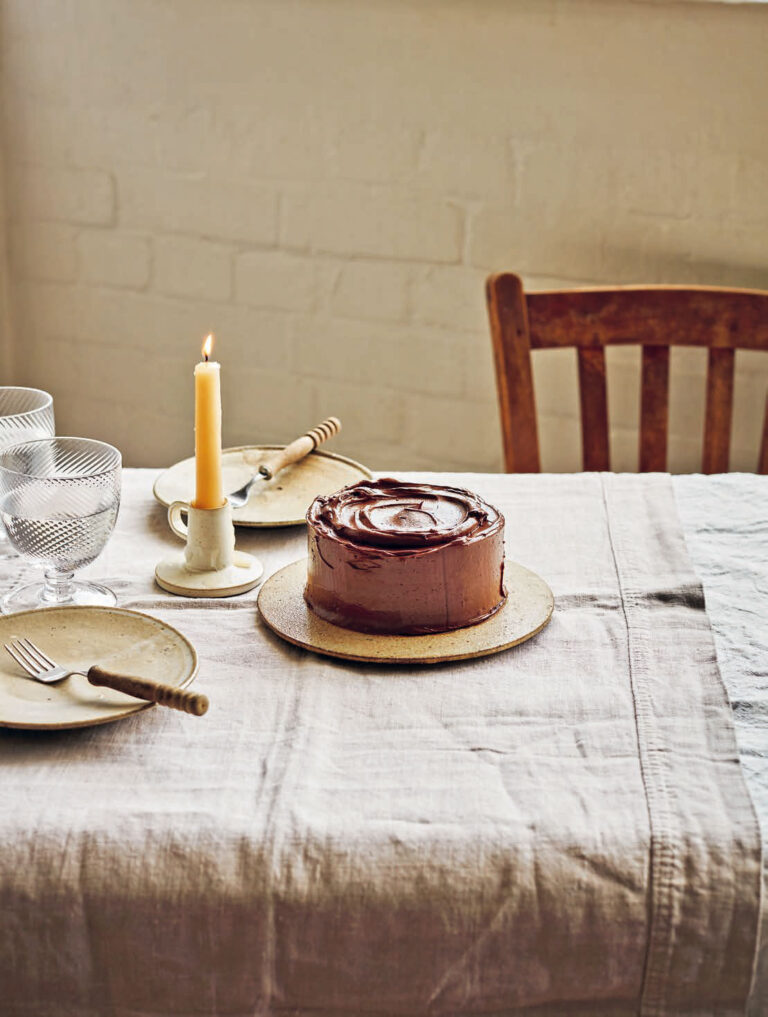Chocolate Meringue Pie
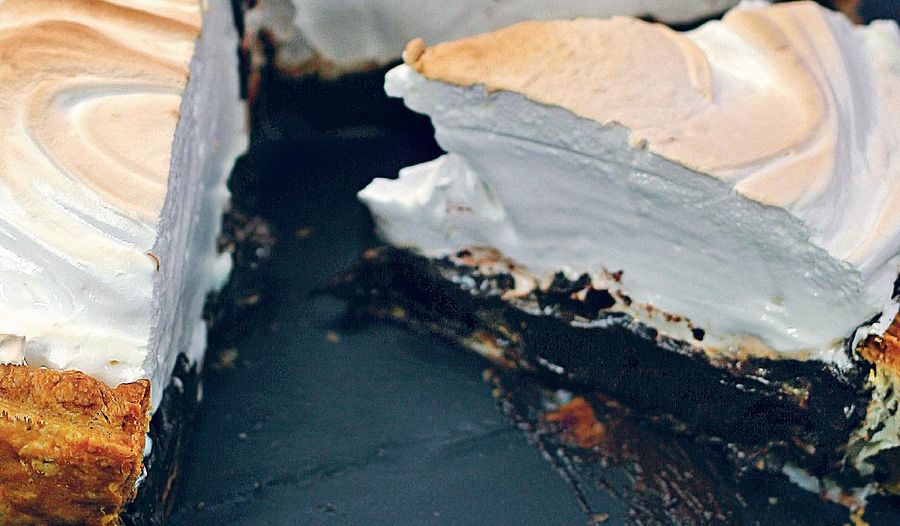
Enjoy this imaginative variation of a meringue pie from the cookbook, Great British Bakes. A rich chocolate filling is nestled between buttery pastry and pillowy meringue.
Introduction
The use of chocolate in British recipe books goes back a surprisingly long way, as far as the 17th century. English cookery writer Hannah Glasse (1708-70) mentions it several times in The Art of Cookery Made Plain and Easy (1747), but never in an actual recipe. Just as with her muffin recipe, where she careers off at a tangent to give instructions for building your own baking griddle, with chocolate she takes the ‘back to basics’ approach to the extreme by giving two separate instructions for making it, beginning with roasting and grinding your own cocoa beans. Over the years, Hannah Glasse has been the butt of much mirth for the (incorrectly quoted) ‘first catch your hare’ phrase. Much funnier, and much more accurate, would be ‘first roast your beans’.
The only other reference to chocolate in her book is her recipe for Sham Chocolate, where she suggests making a custard with cinnamon, cream, sugar and egg yolks and serving it in a chocolate cup. Maybe the cups were supposed to fool everyone – if it’s served in a chocolate cup, it must be chocolate! I can only imagine this working with someone who had no idea what chocolate was. What larks, Hannah!
I found two printed recipes for chocolate tart in 18th-century recipe books, both of which are just as delicious today as they were then, and probably more so, given the quality of the ingredients we now have available. The first, from 1737, seem to be missing a few instructions, but is essentially a chocolate custard baked in a pastry shell, and finished by bruleeing sugar on the top just before serving. Delicious as this sounds, the recipe I have chosen is Charlotte Mason’s meringue pie with a chocolate and lemon filling. Nowadays we usually pair chocolate with ornage, so I was excited to try this variation and I wasn’t disappointed! Both the candied and fresh lemon adds a zing to the rich, dark custard. The billowy meringue and crisp pastry make this seemingly simple dessert a real feast of textures and flavours.
Ingredients
| 400g | block ready-made puff pastry, chilled |
| flour, for dusting | |
| butter, for greasing | |
| For the filling: | |
| 30g | cornflour |
| 3 | egg yolks |
| 2 tbsp | milk |
| 50g | cocoa powder |
| 50g | caster sugar |
| 300ml | double cream |
| 1 | cinnamon stick |
| 1 | lemon, zest |
| pinch | of salt |
| 30g | candied lemon peel |
| For the meringue: | |
| 3 | egg whites |
| pinch | of salt |
| a few drops | lemon juice |
| 220g | granulated sugar |
| 1 sachet (7g) | powdered egg white |
Essential kit
You will need 1 x 20cm loose-bottomed tart/cake tin, cook’s thermometer (optional), kitchen blowtorch (optional)
Method
To make the pastry case:
Grease the tart or cake tin. On a lightly floured surgace, roll out the puff pastry to 5-8mm thick. (Too thin and it won’t be sturdy enough to hold both the filling and the meringue topping.) Line the prepared tin with the pastry. It should cover both the base and sides and will shrink slightly, so don’t trim the excess, and prink holes in the pastry on the bottom of the tin with a fork to help prevent it from rising. Cut some baking parchment to size and place it on top of the pastry. Fill with baking beans, beads or uncooked rice and place in the fridge for 30 minutes for the pastry to chill and relax.
Preheat the oven to 220c/200c fan/ gas 7.
When you’re ready to bake the pastry, remove the tin from the fridge and bake for 10 minutes, then remove the baking parchment and baking beans/beads/rice and return to the oven for a further 10-15 minutes, until the pastry case is fully cooked. Transfer to wire rack and set aside to cool.
To make the filling:
First mix the cornflour, yolks and milk together in a bowl until smooth. Put the cocoa powder, caster sugar, cream, cinnamon stick, lemon zest and salt into a small pan over a low heat and warm gently, stirring all the time, until the sugar is dissolved. Increase the heat and, just before it reaches boiling point, remove the pan from the heat and slowly pour the mixture over the egg yolk mixture, whisking continuously. When the mixture is thoroughly combined, pour it back into the pan and continue heating and stirring until it thickens. Do not let the mixture boil.
Once the mixture has thickened, remove the cinnamon stick and stir in the candied lemon peel. Either pour the filling straight into the cooled pastry case, or into a bowl to cool. Whichever you choose, cover with cling film, making sure it is fully in contact with the surface of the custard to prevent a skin forming.
To make the meringue:
First put the egg whites, salt and lemon juice in a mixer bowl and whisk slowly until frothy, then fast until you have stiff peaks. Mix 20g of the granulated sugar with the powdered egg white and gradually add this to the whisked egg whites. Allow each spoonful to dissolve before adding the next. Beat to stiff, glossy peaks. Set aside.
Make a sugar syrup by heating the remaining 200g granulated sugar with 100ml cold water in a pan over a low heat, stirring until the sugar dissolves. Increase the heat and let the syrup simmer until it reaches 115c, or when the syrup forms a soft sticky mass when dropped in cold water (soft-ball stage). Remove the pan from the heat and allow the bubbles to subside. With the beaters running, pour the sugar syrup in a thin stream down the side of the bowl into the beaten whites. Avoid poruing the hot syrup on the beaters as that will cause splashes. Continue whisking until the bowl is cool to the touch and the meringue is stiff, 10-15 minutes.
To assemble the pie:
Trim the excess pastry from the edges of the cooked pastry case, then remove the pastry case from the tin and place it on a serving plate. If you’ve not yet filled the tart, give the custard a stir and pour it into the case, smoothing the surface with a palette knife. Spoon the meringue on the top of the filling, making sure it reaches the pastry at the edge of the tart. Swirl the meringue with a fork.
With a blowtorch, lightly caramelise the top of the meringue. If you don’t have a blowtorch, heat the grill on your oven to the highest setting and slide the tart underneath for a few seconds (keep an eye on it!). Remove, turn the plate and repeat until browned to your satisfaction.
Reviews
Have you tried this recipe? Let us know how it went by leaving a comment below.
Thank you for your rating. Our team will get back to any queries as soon as possible.
Please note: Moderation is enabled and may delay your comment being posted. There is no need to resubmit your comment. By posting a comment you are agreeing to the website Terms of Use.
